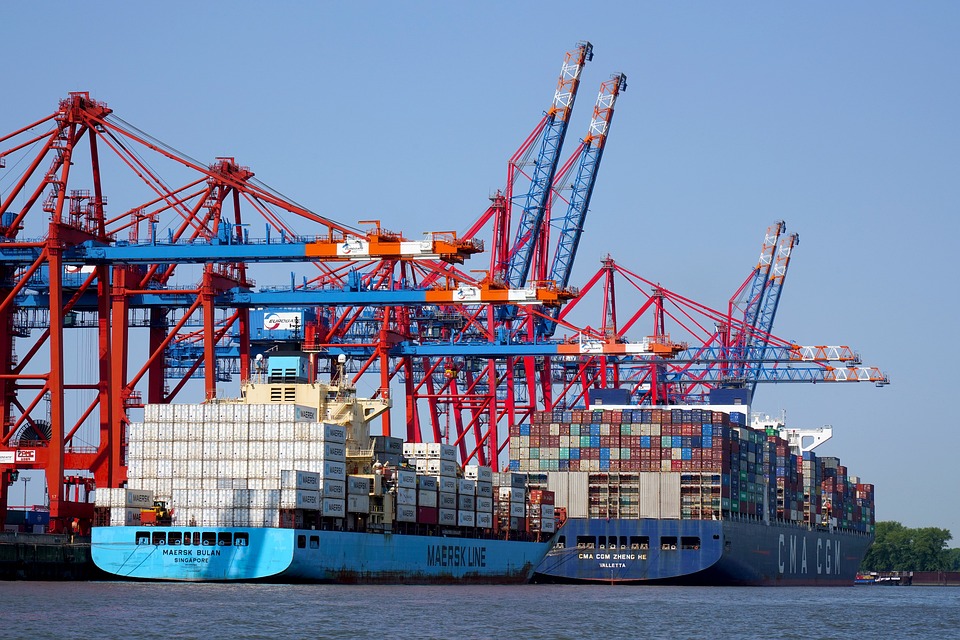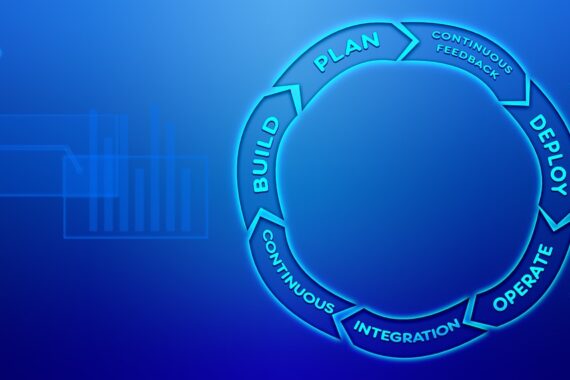How do you manage your Supply Chain Management? For too many business owners and executives, this sounds like an easy enough question to answer, but it’s not always as simple as you’d think. A lot of myths and misconceptions have grown up around the practice of supply chain management over the years, which makes it all too easy to fall into bad habits or make mistakes that can have serious consequences. To help make sure you’re on the right path, here are five common myths about supply chain management and the reality behind them.

Myth 1 – I have nothing to do with supply chain management.
This is a common misconception. Supply chain management impacts everyone whether they realize it or not. If a product is made, then supply chain management was involved in its creation. Supply chains do more than just move goods from one place to another, they can make or break your business by allowing products to reach customers efficiently and cost-effectively. While certain companies have a better handle on supply chain management than others, nearly every company in existence has some supply chain process.
From figuring out where materials are sourced to creating contracts with distributors, all industries use some form of supply chain management to run their companies and provide products for their customers. So if you buy something from Amazon, you’re using supply chain management. If you order something at Starbucks, you’re using supply chain management.
Supply chains touch everything we do as consumers so don’t think that you aren’t part of them! Myth 2 – Supply Chain Management is only about logistics: Logistics are important when it comes to supply chain management but there’s so much more to it than that! Logistics includes things like transportation planning, warehousing, and inventory control as well as forecasting demand and managing distribution channels. But supply chains involve a lot more than just logistics.
Myth 2 – It doesn’t matter what product I sell, they will be the same.
If you’re starting your own business, congratulations! This means that you have a vision for something, and you are willing to work hard to bring that vision into reality. But with hard work comes mistakes and missteps along the way – don’t let these mistakes sink your startup before it even gets off of the ground. The most common mistake many entrepreneurs make is assuming supply chain management won’t be a concern as long as they are selling one type of product.
What they fail to realize is there is an array of tasks that come with producing and shipping goods, regardless of what they might be. For example, all products require inventory management, whether you sell clothing or produce. You will also need to consider how much inventory you will need on hand at any given time depending on demand for your product; otherwise, you could end up wasting money by holding too much stock in reserve or not enough stock to meet customer demands.
Another common misconception about supply chain management is that it isn’t important if your company only sells online. While some companies may choose not to ship their products at all (like Amazon), most businesses still need to manage their inventory to fulfill orders from customers who do want physical products delivered straight to their doorsteps.
Myth 3 – It doesn’t matter who I buy from, they will all be the same.
It does matter who you buy from. Depending on where your suppliers are located, they can affect a host of other business factors that could have profound implications for your bottom line. If your supplier or manufacturer is based overseas, for example, you may need to factor in shipping costs and delays. The same goes for domestic production; if there’s little demand for a particular product or industry in an area, you may face higher costs as well as more-limited workforce options. Of course, low supply chain costs aren’t necessarily reasoned enough to choose one vendor over another—but they’re critical when companies do begin making decisions on which suppliers to work with.
Myth 4 – It’s too expensive to move my inventory between locations.
In a perfect world, you’d have enough capacity to ship everything in a just-in-time fashion. The reality is that shipping costs are often quite reasonable, and can lead to savings in other areas. For example, if you produce products in one location and store them at another, you might save on labor costs by storing inventory at a nearby warehouse (rather than trucking it back and forth). Also, if you use multiple warehouses located across your supply chain network, they can sometimes act as buffer points to allow better system-wide flow control. If these conditions exist in your company’s supply chain network—and they are not difficult to create–shipping your inventory between locations is worth considering.
Myth 5 – I don’t need to know about my supply chain until it breaks down.
In reality, supply chain management is an essential component of a successful business. Companies need to know where their products are coming from, how they’re getting to them, and what kind of quality to expect. Better communication with suppliers leads to a more collaborative environment which can improve efficiency for both parties. With effective supply chain management in place, companies can focus on improving other areas of their business. As long as there is adequate planning and collaboration between partners, problems will only become apparent when they are small enough that they can easily be solved.








